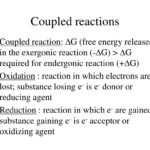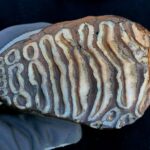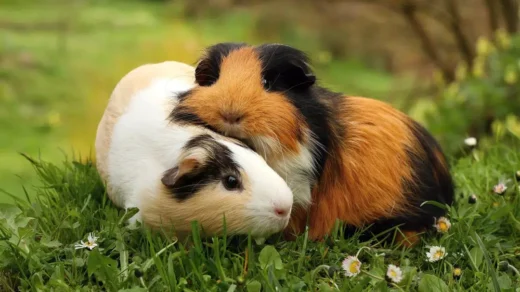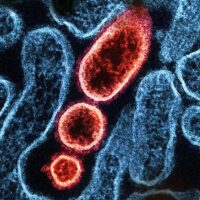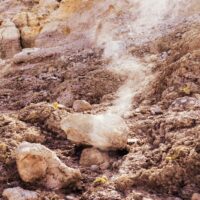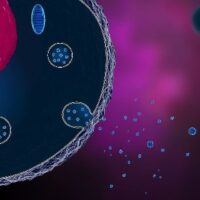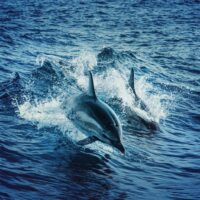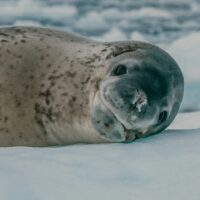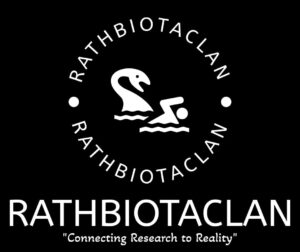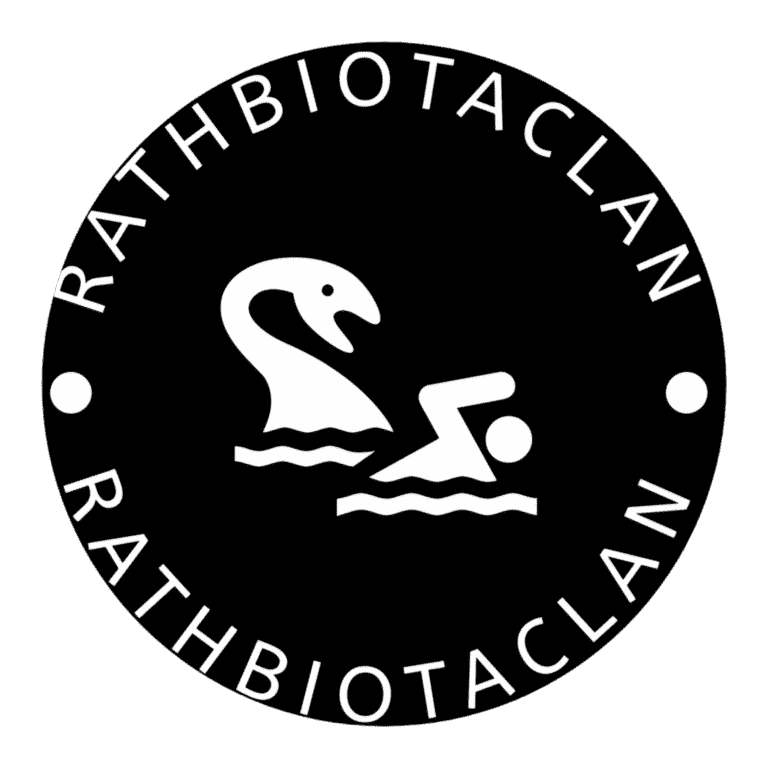New research uses a ‘falconized’ mouse model to reveal important findings. Scientists identified a critical genetic variant in high-altitude saker falcons. This variant allows adapted animals to maintain energy balance under low-oxygen conditions. Additionally, it increases their survival.
Why Do Animals Struggle to Survive at High Altitudes?
How does altitude affect homeostasis?
High altitude environments pose severe physiological challenges. Specifically, these areas are typically found above 2500 metres. The main challenge is reduced oxygen availability, known as hypoxia. Consequently, aerobic organisms must maintain homeostasis to survive. This is the self-regulation of stable internal conditions. Glucose and lipid metabolism primarily fuel this process. Unfortunately, a lack of oxygen can easily disrupt this balance.
Previous studies focused on glucose or lipid metabolism individually. However, the mechanism remains largely mysterious. In fact, scientists still don’t fully understand how high-altitude animals maintain homeostasis between these two energy pathways.
How Do Scientists Create a Mouse Model for High-Altitude Adaptation?
Researchers established a unique ‘falconized’ mouse model to investigate this co-regulation. Specifically, this model incorporated an adaptive genetic variant of the EPAS1 gene. Scientists originally identified the variant in saker falcons (Falco cherrug). These falcons inhabit the Qinghai-Tibet Plateau (QTP). Importantly, the EPAS1 gene is crucial for low-oxygen adaptation. Moreover, it regulates both glucose and lipid metabolism pathways.
The experiment compared two groups of mice. Scientists tested homozygous mutant mice (EPAS1 V162T/V162T, or ‘falconized’ mice) against wild type mice. They exposed both groups to simulated chronic high-altitude hypoxia. The conditions mimicked over 5000 metres above sea level (10% O2).
What Makes Falconized Mice Maintain Balanced Energy Use?
Falconized mice successfully maintained homeostasis during chronic hypoxia. Notably, this balance occurred between glucose and lipid metabolism in the liver.
The Respiratory Exchange Ratio (RER) serves as a key indicator of energy use. Essentially, it measures carbon dioxide production divided by oxygen uptake.
- Falconized Mice: These mice maintained a consistently high RER under hypoxia. Furthermore, the ratio stayed around 0.75 with no significant decline over seven days. This suggests a stable ratio in substrate utilization between glucose and lipid.
- Wild Type Mice: In contrast, these mice exhibited a lower and decreasing RER. This suggests a metabolic shift toward utilizing lipids for energy. However, lipid metabolism is less oxygen-efficient than glucose metabolism.
Metabolomic analysis confirmed these differences. Mutant mice quickly recovered their hepatic glucose content. After an initial dip, glucose returned to near-normal levels. However, wild type mice showed different results. Their hepatic glucose levels remained reduced. Furthermore, wild type mice displayed significantly higher levels of certain compounds. Specifically, Free Fatty Acids (FFAs) and triglycerides (TGs) elevated compared to mutant mice under hypoxia. Therefore, this reinforces an important conclusion. Wild types rely more heavily on lipid metabolism when low oxygen stresses them.
How Does the EPAS1 Gene Mutation Change Animal Behavior and Metabolism?
The specific EPAS1 variant maintains metabolic homeostasis in falconized mice. This mutation involves an amino acid substitution. Specifically, Valine changes to Threonine. Consequently, this alteration affects the protein’s behaviour.
The mutation appears to cause a blunted function of the EPAS1 gene:
- It weakened the protein’s interaction with ARNT.
- Additionally, it increased its interaction with pVHL.
- Moreover, the gene showed lower expression during early hypoxia.
This blunted function resulted in adaptive changes. Scientists observed altered gene expression related to fuel pathways. For example, mutants showed up-regulation in genes involved in glycogen synthesis. Specifically, Gys2 and Ugp2 showed increased activity. This suggests potential glycogen accumulation. In contrast, wild type mice showed different patterns. They demonstrated elevated expression of G6pc. This suggests they compensated for glucose shortages differently. Essentially, they mobilized lipids through gluconeogenesis.
Wild saker falcons with the adaptive EPAS1 allele showed consistent patterns. Notably, their metabolic characteristics matched those of falconized mice. They had a significantly higher relative abundance of carbohydrates. Furthermore, their plasma showed lower FFAs compared to sakers with different genotypes.
The study highlighted another important factor. Specifically, behavioural plasticity plays a role in maintaining homeostasis. Falconized mice showed a more sensitive increase in breathing rate during early hypoxia. A Structural Equation Model (SEM) simulation confirmed key findings. Both the genetic mutation and behavioural adjustments contributed positively. Changes in breathing, food intake, and locomotion all helped. Together, these factors maintained the RER, a proxy for metabolic homeostasis.
Does the EPAS1 Gene Give Animals a Survival Advantage at High Altitudes?
Maintaining glucose and lipid homeostasis conferred significant survival benefits. The falconized mice showed clear advantages.
- Body Weight Recovery: Mutant mice demonstrated quicker recovery. Specifically, they regained body weight faster during hypoxia compared to wild types.
- Reduced Oxidative Stress: Genes involved in Reactive Oxygen Species (ROS) metabolism showed different patterns. Generally, mutant mice down-regulated these genes compared to wild types. Therefore, this suggests they experienced lower oxidative stress.
- Survival: Scientists exposed falconized mice to lethal acute hypoxia (4% O2). Remarkably, they achieved a significantly higher overall survival rate compared to wild type mice.
These findings show that EPAS1 gene is critical for survival in extreme environments. Specifically, it facilitates the maintenance of metabolic homeostasis. Moreover, this discovery offers potential targets for treatment. Consequently, metabolic diseases associated with glucose and lipid metabolism disorders may benefit.
REFERENCE
NATURE COMMUNICATION



